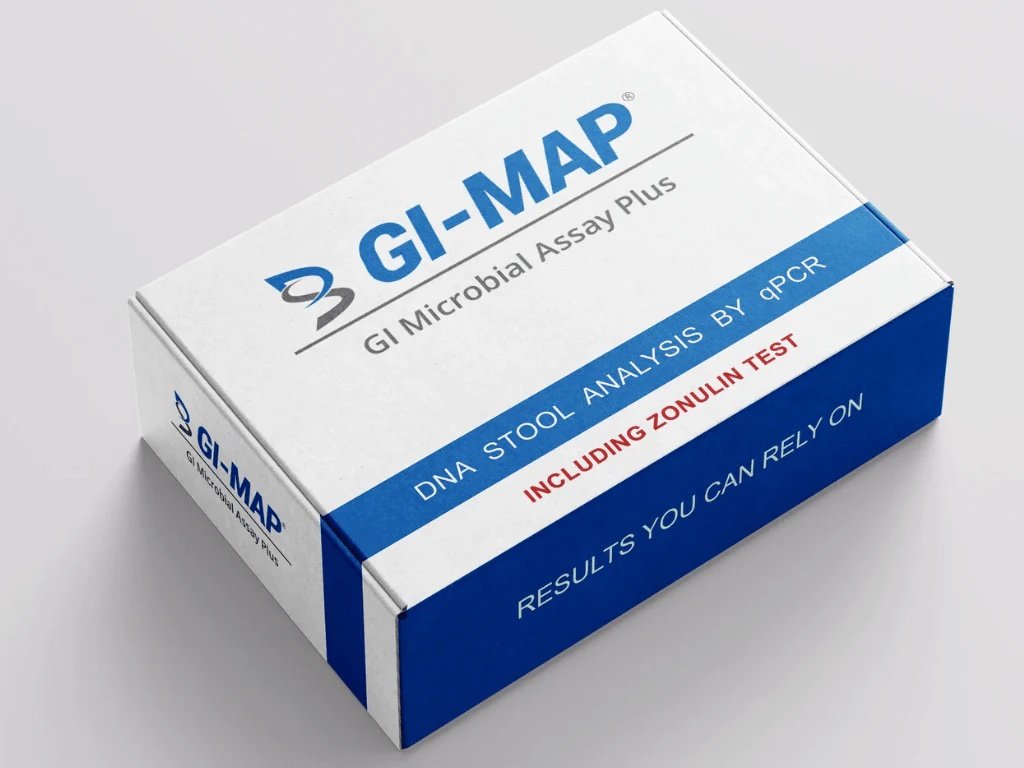The true root cause of nausea and stomach pain: what every woman should know about the gallbladder
“Why am I always nauseous in the morning?”
Here’s a truth I wish more women heard from their doctors:
So many cases of “gastritis,” reflux, bloating, or nausea, are actually gallbladder issues in disguise.
If you experience abdominal pain, nausea, vomiting, and fatty foods make you go “yuck”– it’s most likely not [only] IBS or reflux, but rather, gallbladder issues.
Whether you still have your gallbladder or said goodbye to it years ago, this post is for you. In this post, we’ll uncover:
the real root cause of your gut pain
why your gallbladder (or the lack of) is what may be causing you issues
what to do if you don’t have one
how to move forward with personalized gut testing
Your gallbladder isn’t a disposable organ
It might be small, but it’s powerful.
Your gallbladder stores and concentrates bile—aka the golden liquid made in your liver that facilitates fat digestion (so we can enjoy a donut from time to time); vitamin absorption, balances your microbiome and detoxes waste and hormones efficiently.
Even when science is evolving and many doctors becoming more aware of the important role of the gallbladder in for digestion and overall health… It's still a common procedure to suggest a gallbladder removal at the first sign of dysfunction, getting you into a lifetime or potential nutrient deficiencies and paying an expensive price after eating a few french fries.
The key takeaway:
We need the gallbladder because we need bile. Without healthy bile flow, fat digestion goes out the window. So does hormonal balance. And energy. And skin health.
Signs your gallbladder might be struggling (even if no one’s told you that):
Bloating or nausea after meals
Nausea in the morning
Greasy or shiny stools / you see fat in your stool
Pain under your right rib cage or shoulder blade
Chronic constipation
Constant reflux or “gastritis”
Headaches or fatigue after eating
Hormonal acne or sluggish periods
Anxiety or mood swings that seem tied to meals
These are classic signs of low bile flow or sluggish gallbladder function. And sadly, they’re often misdiagnosed as IBS, GERD, or anxiety.
No gallbladder? Here’s what you weren’t told (but need to know)
Once it’s gone, your body no longer gets the “burst” of bile it needs when you eat a meal with fat. Instead, bile trickles into your small intestine at a low, steady rate.
This mismatch means:
➡️ Fat doesn’t break down properly
➡️ You miss out on nutrients
➡️ Reflux, diarrhea, or bloating can become your norm.
But it doesn’t have to stay that way.
3 Game-Changers for Gallbladder Support (or Support After Gallbladder Removal)
My favorite liver + gallbladder supplements.
1. Bile Salts / Ox Bile Supplements
If you don’t have a gallbladder, this is non-negotiable. Supplementing with bile salts before meals with fat helps mimic what your gallbladder used to do.
Even if you still have your gallbladder but suspect it’s not working well, bile support can be a powerful tool to improve digestion and reduce symptoms.
2. Beet Supplements (or Juicing)
Beets are nature’s gift to sluggish gallbladders. They increase bile flow and help your liver and bile ducts stay clear and functional.
You can juice them, roast them, or use a beet powder or capsule if you’re not into the earthy taste. Just be mindful of portion sizes if you have blood sugar issues.
3. A Quality Probiotic
Remember: bile is antimicrobial. When bile is low, bacteria can overgrow in places they shouldn’t—leading to symptoms like gas, bloating, constipation, or even histamine issues.
A well-formulated probiotic helps support gut balance, especially if you’ve dealt with long-term digestive dysfunction.
For my go-to gallbladder support supplements + an exclusive 10% off - click below
What if your reflux isn’t really reflux?
I say this all the time—and I stand by it:
Many reflux flares, gastritis episodes, or upper abdominal pain are actually gallbladder attacks.
Even without a gallbladder, bile duct spasms or poor bile flow can mimic these symptoms perfectly.
And instead of real answers, women are given PPIs, a low-fat diet, or told it’s “just stress.” (Insert eye roll.)
Here’s the good news:
We can test for gallbladder health. Whether you’ve had your gallbladder removed or suspect yours is sluggish, you can achieve a thriving digestion that will allow for more energy, a better relationship with food, and zero gut pain.
Introducing… the GI-MAP
How the GI-MAP Test Can Reveal Gallbladder Clues
If you’ve been dealing with digestive issues for years—the kind that doctors either dismiss or hand you another antacid for—it might be time to go deeper. Like, root-cause deep.
That’s where the GI-MAP test comes in.
This isn’t your average stool test. The GI-MAP is a comprehensive gut health test that uses DNA technology to detect imbalances most conventional labs completely miss. It gives us a crystal-clear look at what’s going on inside your microbiome and clues about gallbladder function.
The GI-MAP doesn’t stop there.
This test also checks for:
H. pylori, a common reflux trigger that damages stomach acid levels
Opportunistic bacteria that thrive when bile is low
Pancreatic enzyme output
Gut inflammation and immune markers
Candida, parasites, and more
Basically, it’s a map (hence the name!) to help us understand what’s working, what’s not, and where to focus your healing plan.
If you’ve been trying to navigate multiple doctor visits, removing entire food groups, and just trying to figure out how to make it through the day in one piece… a personalized gut healing program is what you need to finally break free.
Fill out the form + book a free call to discuss your healing roadmap with Mariu.
Mariu Cabral is a certified Nutritional Therapy Practitioner (NTP), Certified Autoimmune Protocol Coach, and Restorative Wellness Practitioner (RWP-1) specializing in gut health disorders. She’s helped nearly 100 women heal from chronic gut issues using food as medicine and compassionate coaching.






